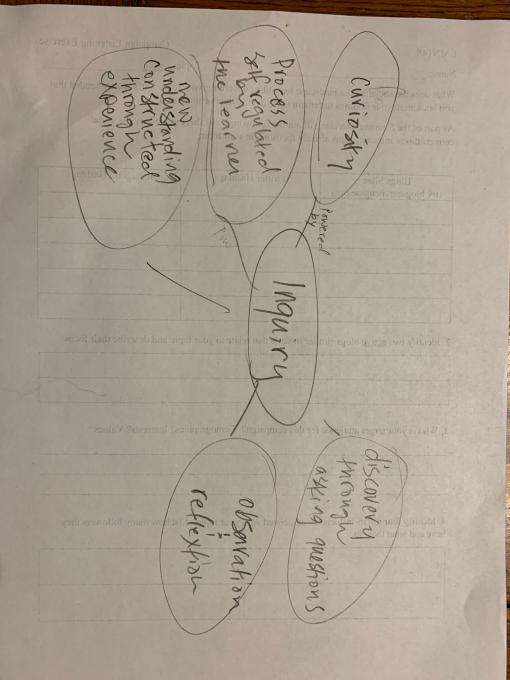Christine
Forum Replies Created
Viewing 2 posts - 1 through 2 (of 2 total)
-
ChristineParticipantWe have a pollinator garden outside my fourth grade class. In the late summer and early fall pollinators come and feast on the late blooms: zinnia, joe pye weed, goldenrod, aster. The students always wonder which flowers the bees and butterflies like the best. I set aside time to sit quietly outside the garden with notebooks and they count the visitors to each type of flower. This is a structured inquiry because I guide my students toward the question and they are provided with the materials (notebooks, charts, garden flowers). The students use their data to decide which flowers the pollinators like best. This always leads to further questions: Do butterflies like different flowers than bees do? Would the flowers attract more pollinators alone in a garden of a single kind of flower? Do the various flowers work together to attact pollinators? I could lead my students toward guided inquiry through developing some of their questions about our garden and allowing them to come up with procedures they can use to test their questions.in reply to: Inquiry in Your Classroom #741347
-
ChristineParticipantInquiriy is learning process that is self directed- a spark. It is about being engaged, and interested, and curious. Inquiry is asking questions, and then being okay with not having an answer right away. Inquiry is about just letting the questions hang in the air as students explore possible ways of learning more. Through patienence, obeservation, and reflection, students create new understandings through their experiences.
 in reply to: Intro to Inquiry #730176
in reply to: Intro to Inquiry #730176
Viewing 2 posts - 1 through 2 (of 2 total)
